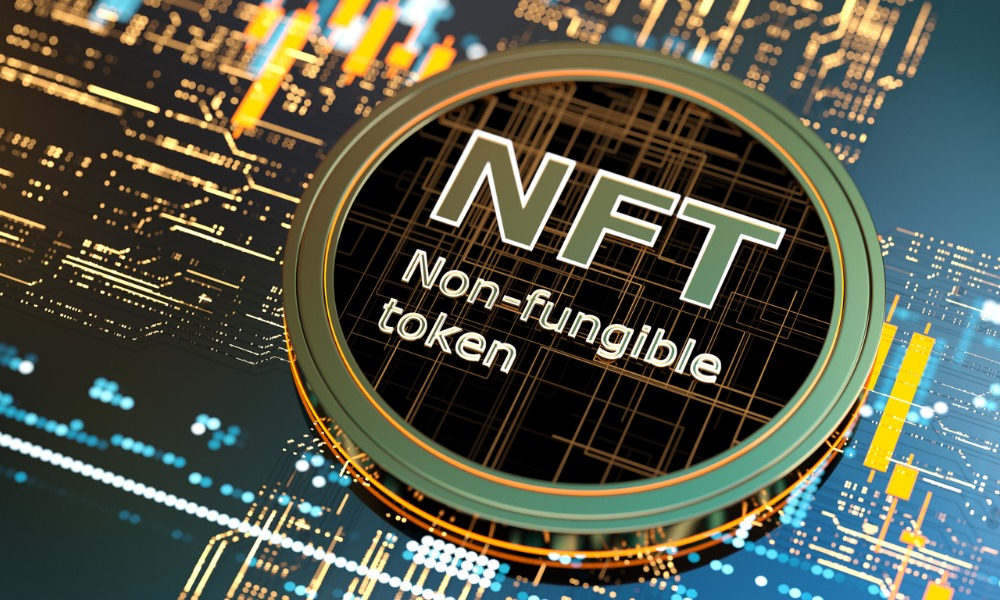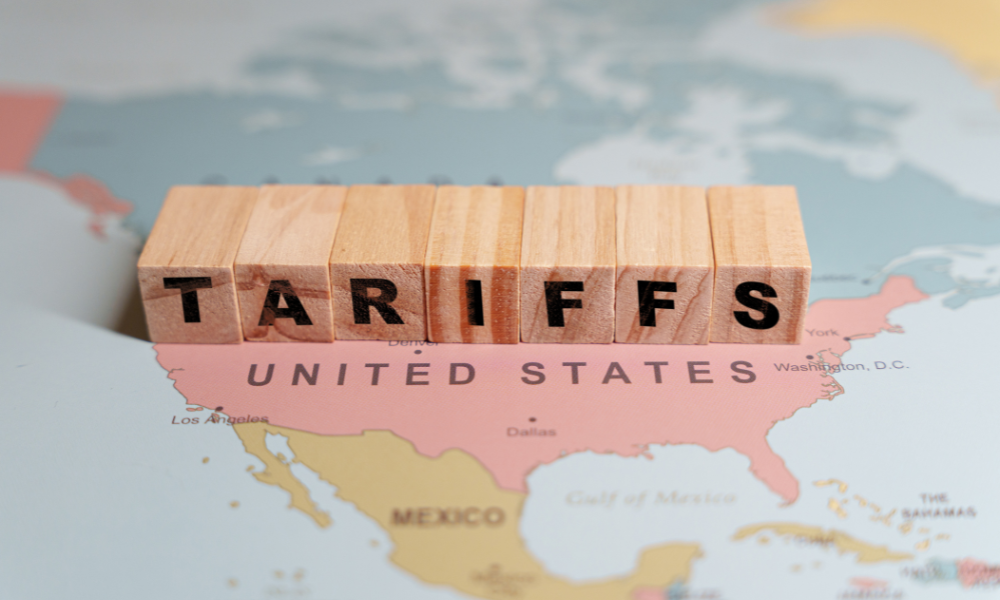Digital creations are heading in the same direction as cryptocurrencies but why are they gaining such attention?

Digital transformation has been a hot topic in the financial services industry for years but these days it’s not just about the tools we use.
Increasingly, the asset classes that get investors fired up are also firmly in the digital world, as evidenced by the latest rollercoaster ride for cryptocurrency investors.
But the blockchain technology that underpins the likes of Bitcoin, is also a key component of another fast-growing digital asset class, non-fungible tokens – or NTFs.
They are attracting eyewatering valuations and both creating – and enticing – celebrities. But what are they?
Let’s start with the word ‘fungible’ which may not be part of your everyday vocabulary. It means that something is replaced by something identical and that’s a clue to why these digital assets (that are non-fungible) are gaining such attention.
Their uniqueness is attractive and, as these assets are typically artworks, musical compositions, videos, even social media posts, owning one is also attractive.
While there is a link with cryptocurrencies – an most NFTs are currently part of the Ethereum blockchain – the biggest story currently is more in line with traditional art investing, with the digital equivalents of Banksy in focus.
Big money sales
The big money flowing into NFTs is clear. Last month, online personality Logan Paul sold US$5 million worth of digital cards featuring his likeness.
But this was small change compared to the result of an auction held by Christie’s, which achieved a new NFT record of $69.3 million for a digital depiction of a collage of 5,000 unique artworks created by digital artist Mike Winkelman, known as Beeple.
The artwork, called Everydays: The First 5000 Days, marked the first time that a purely digital NFT-based work of art has ever been offered by a major auction house. It also became the third most valuable artwork ever sold by a living artist, behind works by Jeff Koons and David Hockney.
“We see this as a pivotal moment for the future of New Media and even the practice of collecting itself,” said Noah Davis, a Christie’s post-war and contemporary art specialist. “Not unlike the advent of Street Art as a blue-chip collecting category, NFT-based art is on the threshold of becoming the next ingeniously disruptive force in the art market.”
Why the interest?
The lure of owning something unique is probably as old as life on earth and NFTs are simply the latest manifestation.
In the same way that the owner of a one-off concept car or a sculpture will likely see both its physical attraction and its long-term growth in value, NFT owners believe that they are buying the super-collectibles of the future.
And while there are occasionally challenges to the authenticity of artworks and other assets, the use of blockchain authentication simplifies this process.
Perhaps the best explanation for the high valuations for NFTs can be provided by a wealthy individual known only as Metakovan, who is the founder and financer of NFT asset fund Metapurse, and the individual who bought the Beeple artwork.
“When you think of high-valued NFTs, this one is going to be pretty hard to beat,” said Metakovan. “And here’s why - it represents 13 years of everyday work. Techniques are replicable and skill is surpassable, but the only thing you can’t hack digitally is time. This is the crown jewel, the most valuable piece of art for this generation. It is worth $1 billion.”
If it really is worth that much, the $69m price tag was some bargain.



